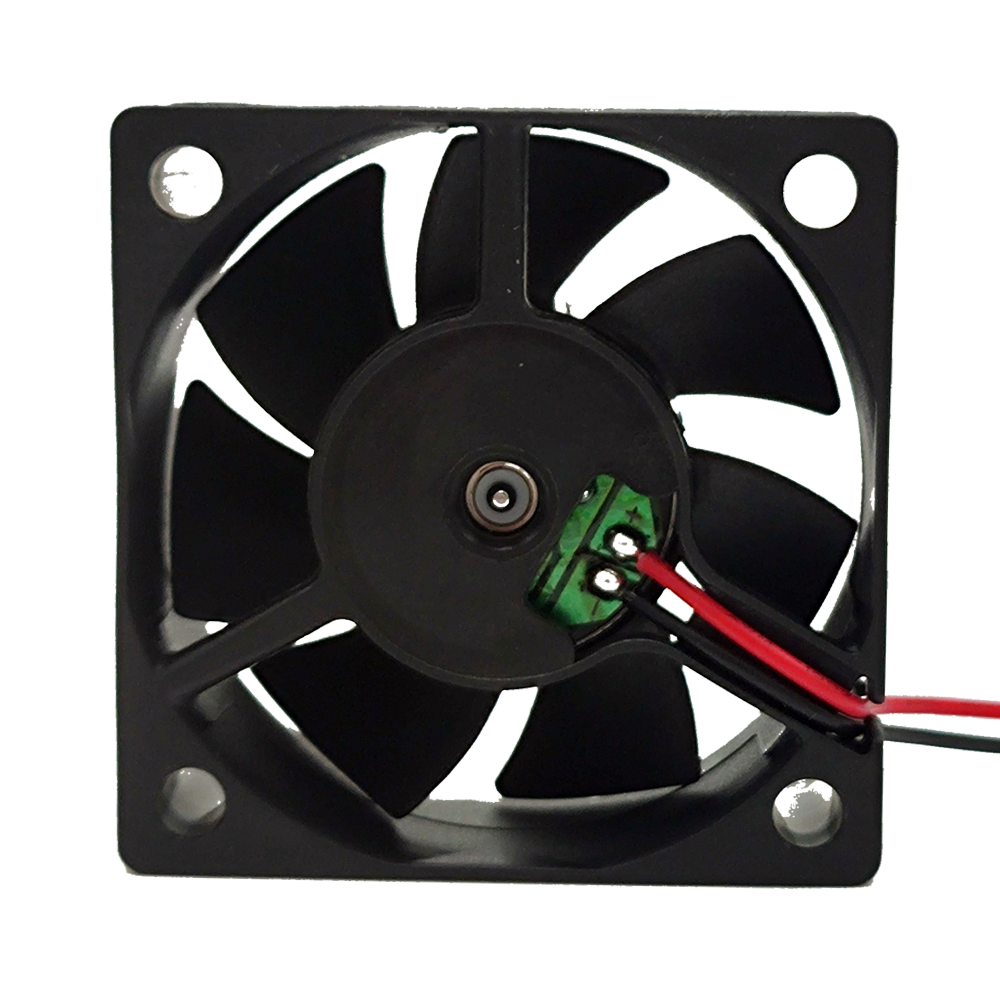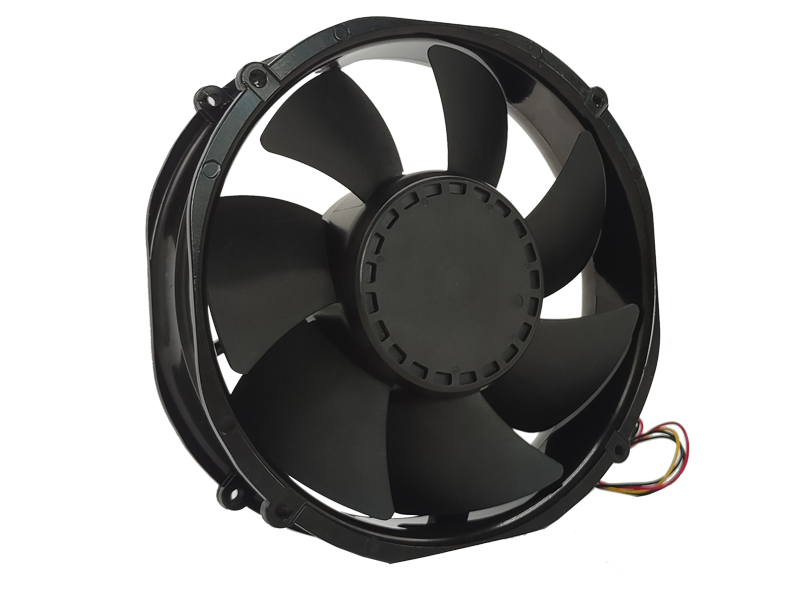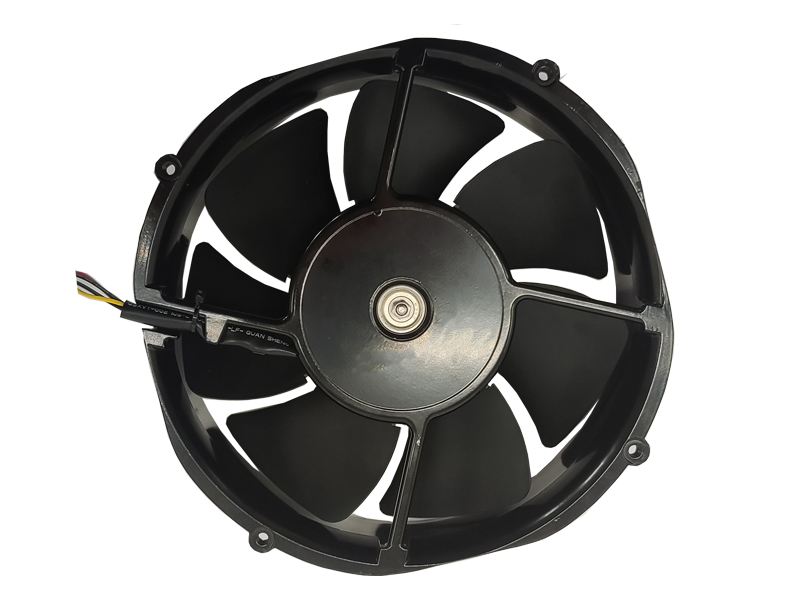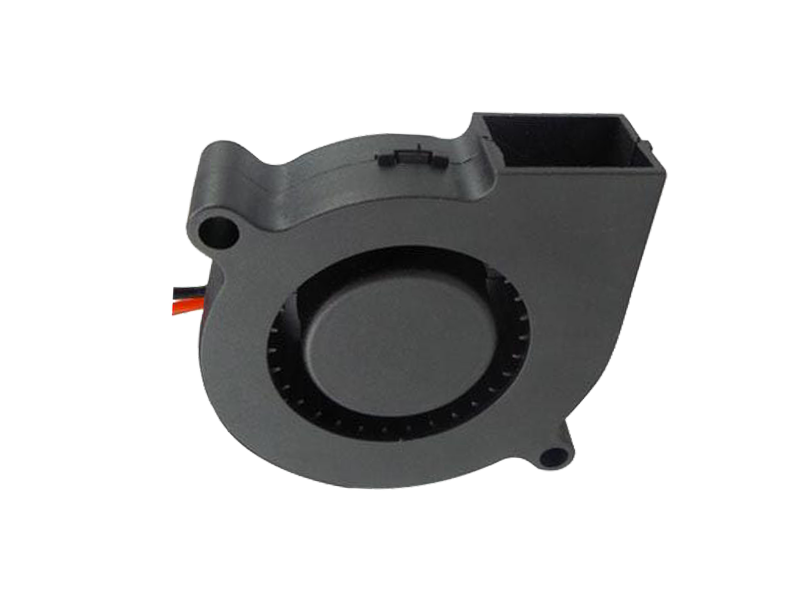When it comes to industrial operations, proper ventilation is often an afterthought. However, it’s one of the most critical aspects in ensuring the efficiency and safety of the work environment. Industrial fans play a vital role in regulating air circulation, temperature, and humidity in large industrial spaces. Choosing the right industrial fan for your business is not a simple task—it involves understanding the specific needs of your operations and selecting a fan that meets those requirements. This article offers a comprehensive guide to help you make the best decision when choosing an industrial fan for your business.
1. Understanding the Different Types of Industrial Fans
There are several types of industrial fans, each designed to fulfill different purposes. The most common types include:
Axial Fans: These fans use blades that rotate around an axis, drawing air in from one side and expelling it from the other. They are best suited for general ventilation applications where high airflow is required. Common uses include cooling systems in warehouses or large retail spaces.
Centrifugal Fans: Unlike axial fans, centrifugal fans direct the airflow perpendicular to the axis of the fan. These fans create higher pressure and are ideal for applications that require air to be pushed through ducts or other resistance-based systems. They are commonly used in systems that involve dust collection or HVAC.
Exhaust Fans: Exhaust fans are typically used to expel air from a building or facility, ensuring that pollutants, fumes, and hot air are removed effectively. In industries such as food processing, chemical production, or automotive manufacturing, exhaust fans help remove hazardous fumes and maintain a safe working environment.
Tube Axial Fans: These fans are a hybrid between axial and centrifugal fans. They provide high airflow, and they are typically used when space constraints require a compact design. They are frequently found in applications where large volumes of air need to be moved through long, narrow ducts.
Inline Fans: These fans are mounted within the ducting itself, providing direct airflow through ventilation systems. Inline fans are often used in confined spaces, such as server rooms or small workshops, where other types of fans would be too bulky.
2. Key Considerations When Selecting an Industrial Fan
Selecting the right industrial fan requires careful consideration of various factors that directly impact the performance, energy efficiency, and longevity of the fan. Some of the key factors to consider include:
Airflow Requirements: The first thing to consider is how much air the fan needs to move. This is typically measured in cubic feet per minute (CFM) and is a reflection of the amount of air that needs to be circulated in a given space. To calculate the required CFM, you must assess the size of the area and the air exchange rate needed for optimal ventilation.
Pressure and Static Pressure: Pressure refers to the force required to move the air through ducts or around obstacles, while static pressure refers to resistance caused by the ductwork or filters. If your operation involves complex ducting or filters, it’s important to select a fan capable of overcoming this resistance to maintain efficient airflow.
Energy Efficiency: Fans are often running for long periods, so energy consumption is an important consideration. Fans with variable-speed controls or energy-efficient motors can help reduce electricity costs, especially when the fan’s operation is not required at full capacity at all times.

Durability and Materials: Industrial fans are subjected to harsh environments. Factors like dust, moisture, and corrosive chemicals can cause premature wear and tear. Opt for fans made from high-quality materials like stainless steel or corrosion-resistant coatings to ensure durability.
Noise Levels: Industrial fans can generate significant noise, which can be disruptive to workers or nearby environments. Fans designed with noise-reducing features or low-noise motors should be considered in noise-sensitive applications.
3. Installation and Maintenance of Industrial Fans
Proper installation and maintenance are crucial to ensuring that industrial fans perform efficiently and last for an extended period. When installing a fan, it is essential to ensure proper alignment, secure mounting, and adequate space around the fan for airflow. Additionally, all ductwork must be properly sealed to prevent leaks and reduce energy losses.
Routine maintenance includes cleaning fan blades and checking motor components, bearings, and belts for wear. Keeping the fan clean is especially important in dusty environments, where accumulated debris can reduce the fan's efficiency. Regular lubrication of moving parts and checking for any unusual vibrations or noises will help prevent breakdowns.
4. Conclusion
Industrial fans are indispensable components in a variety of industries, helping to improve ventilation, cooling, and air quality. When selecting the right fan for your business, understanding the specific requirements of your facility—such as airflow, pressure, and noise levels—is key to making an informed decision. By considering factors like energy efficiency, durability, and the type of fan that best suits your needs, you can ensure that your operations run smoothly and safely. With proper installation and maintenance, industrial fans can provide long-term value, enhancing both worker comfort and overall operational efficiency.
Recommended Products

The main purpose:Car charging station

The main purpose:Car charging station

The main purpose:Electronic refrigerators, water dispensers, direct drinking machines, inverter power supplies
Address:No. 4137, Longgang Avenue (Henggang Section), Henggang Community, Henggang Street, Longgang District, Shenzhen
hotline:13530005572(Chen)15112579390(Li)


Welcome all friends to come for consultation and negotiation.
Copyright 2024 @ Shenzhen Youneng Xinyuan Electronics Co., Ltd.,(industrial fans,industrial blowers,axial fans,cooling fans manufacturer,centrifugal fans,ac cooling fans,dc cooling fans)